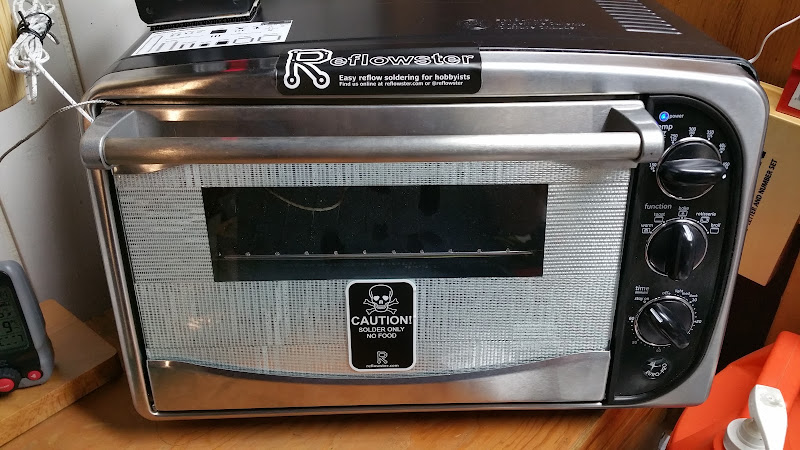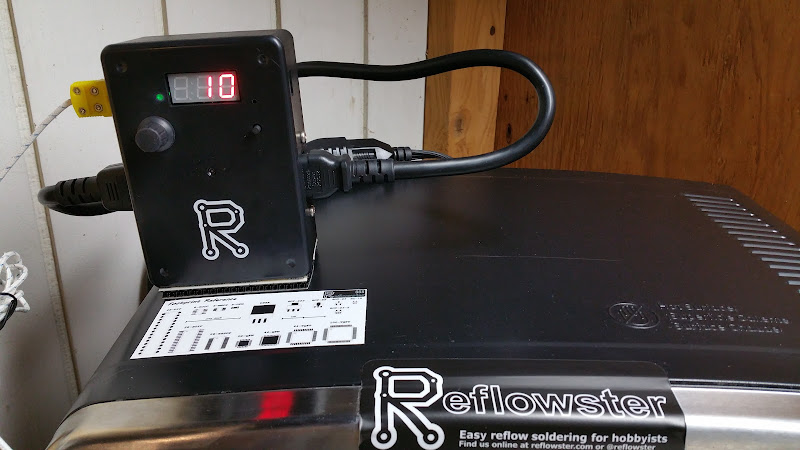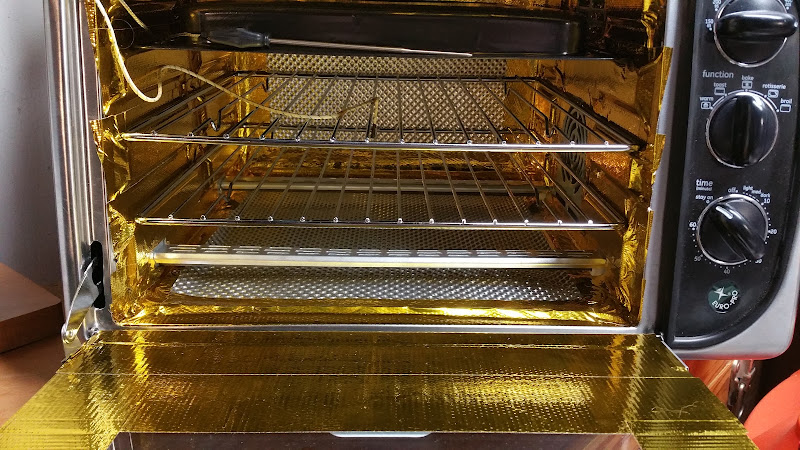torqueboards
1 MW
Hey guys... I decided to take on a new project and work on soldering my own VESC. Granted, I am starting here from zero and many people here have much more experience than myself. However, I think a lot of folks on here would like to take on the same project for fun and the learning process. Of course, it's much more fun if it's a step by step process and less of a headache. I hope to help solve this problem by doing the leg work ahead of time.
If you do have experience please recommend what tools/materials which you use such as a your reflow oven, etc. Any tips and suggestions would be great as well.
Thanks to Ben for releasing this awesome ESC.
You can view the original thread here - 10S custom skate ESC: testers wanted!
Materials Required
Parts Required
Reading Material
- VESC - Open Source ESC - Original Source Page for VESC
-
If you do have experience please recommend what tools/materials which you use such as a your reflow oven, etc. Any tips and suggestions would be great as well.
Thanks to Ben for releasing this awesome ESC.
You can view the original thread here - 10S custom skate ESC: testers wanted!
Materials Required
Parts Required
Reading Material
- VESC - Open Source ESC - Original Source Page for VESC
-









